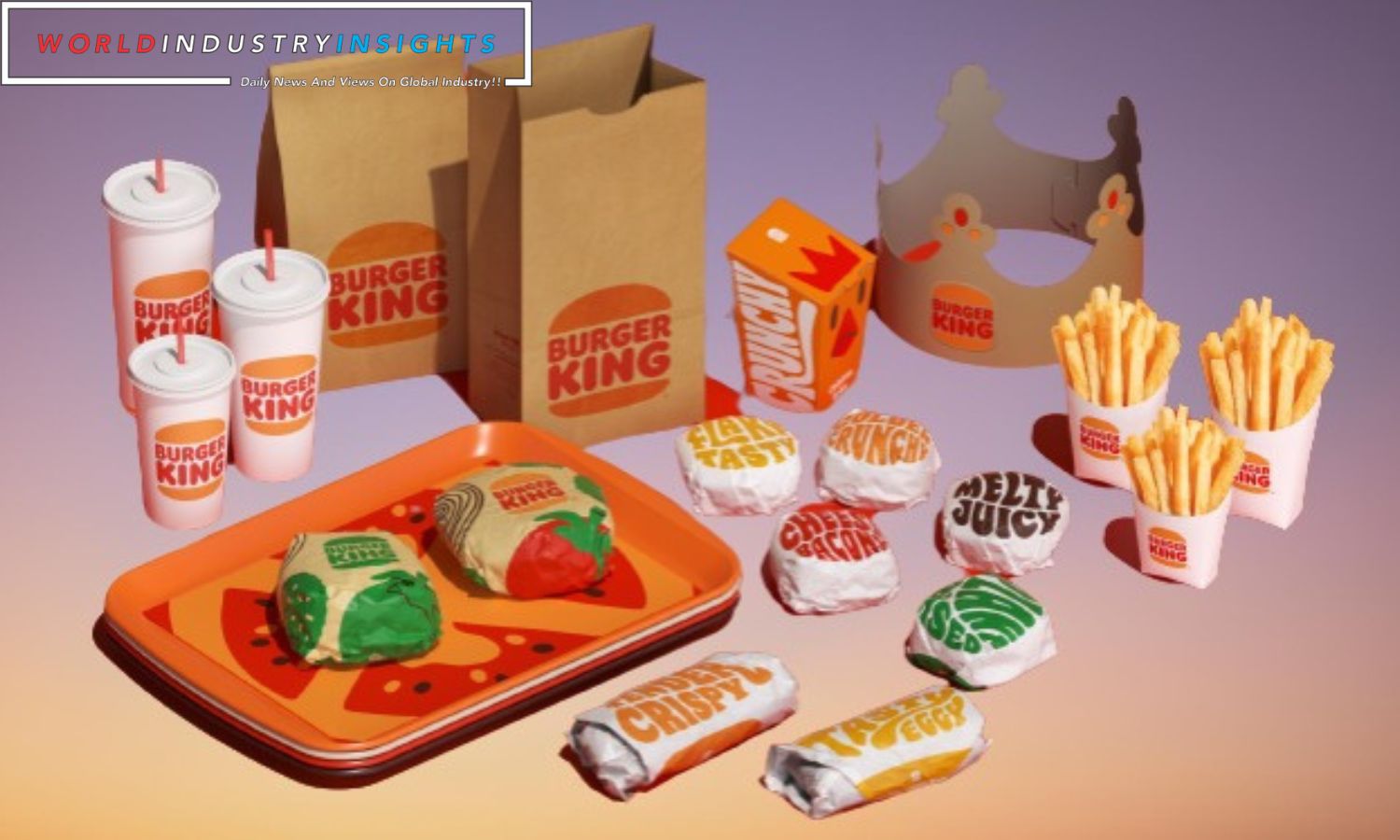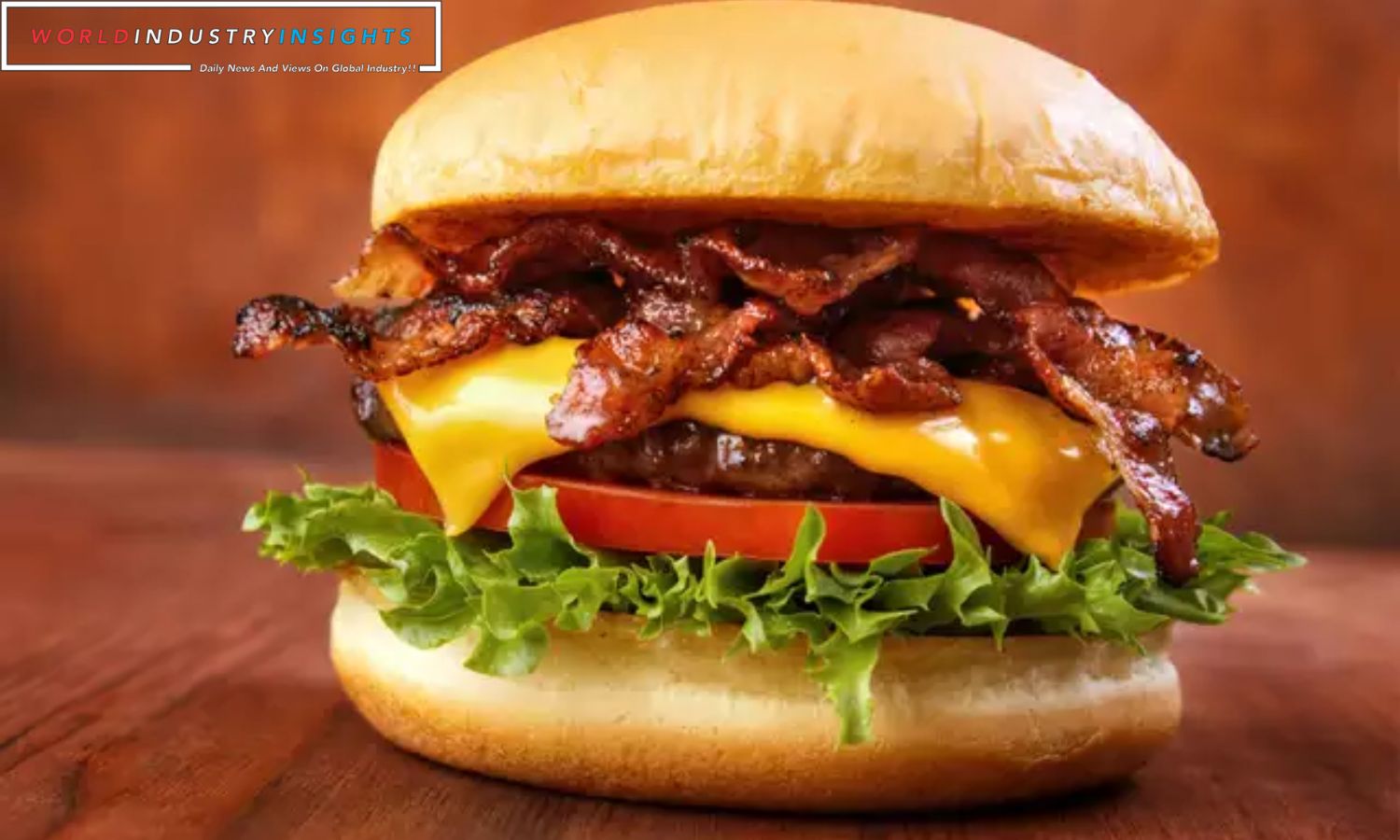Food Industry Under Fire: Food ads often misrepresent fast food. More cases have questioned the gap between ads and reality in recent years. The fast food industry is struggling due to the court battle. Some say major fast food chains like Taco Bell, Wendy’s, McDonald’s, Burger King, and Arby’s have deceptive ads.
The food case wave is led by lawyers James Kelly and Anthony Russo. They fight for customer rights against false advertising. These lawyers challenged big companies in their fields. They claim the ads are deceptive.
One exciting aspect of these stories is their comparisons. Plaintiffs argue that the ads’ pictures don’t match purchased items, causing frustration. The burgers are flat in these photos, and the buns obstruct the view of the meat and cheese. Ads show full tacos, but they look flat and empty. The purpose is to expose fast food chains for deceiving customers with styled food pictures and false advertising.
Rules have changed. Bonnie Patten from Truth in Advertising, a non-profit fighting misleading ads, says most cases involve quantity differences. Ads exaggerate amounts compared to reality. Spencer Sheehan and other lawyers study food label inaccuracies. Sheehan has filed class action cases against misleading labeling, like using “vanilla” on products with little or no natural vanilla.
Big chains face legal issues, too. Starbucks was accused of misleading customers by naming “Refreshers” drinks after missing ingredients, per a class action case. The claim said that “Mango Dragonfruit” drinks didn’t have much mango and were mostly made of water, grape juice concentrate, and sugar. Starbucks said fruit names described taste, not ingredients.
To prove false advertising, lawyers must show that ads mislead a “reasonable consumer.” The court must decide if advertising or labeling would deceive customers. Who is a “reasonable consumer”?
Also Read: McDonald New Side Dish: What’s Cooking in the Fast-Food Giant’s Kitchen?
Burger King and others claim ads depict food at its best because that’s how the industry operates. They say the promotion is fair because they have “innate” knowledge and deliver as promised (e.g., a quarter-pound beef patty in a Whopper). Burger King denies claims and says ads are accurate.
Lawyers like Russo can’t use this case. He stresses the importance of the “common-sense eyeball test.” He thinks weight, volume, and technical specs matter less when ads and customer expectations differ significantly. Russo’s plan emphasizes the differences between the two.
In a Burger King case, a judge let a jury decide the meaning of “reasonable” instead of dismissing the case. Starbucks will face claims in the class action. The drink names could mislead people. Courts are adapting to differentiate fake and legal advertising, a challenging task.
Defining a “reasonable consumer” is still challenging. Some trial courts give this standard more weight. Still, others acknowledge that customers may expect advertising to deceive about food quality and quantity. Still, these cases have drawn the attention of dissatisfied individuals who feel fast food has consistently disappointed them. There are reports of size discrepancies in fast food items.
Class actions may not be ideal for problem-solving due to defendant protections and limited customer compensation. In a budget-conscious era, it’s valid to question if sizeable fast food chains meet customer expectations.
When people have limited money for food, not having enough is a big problem. Consumers can learn from these cases and the attention they’ve received. They show that marketing claims sometimes differ from real experiences, helping decision-making.


